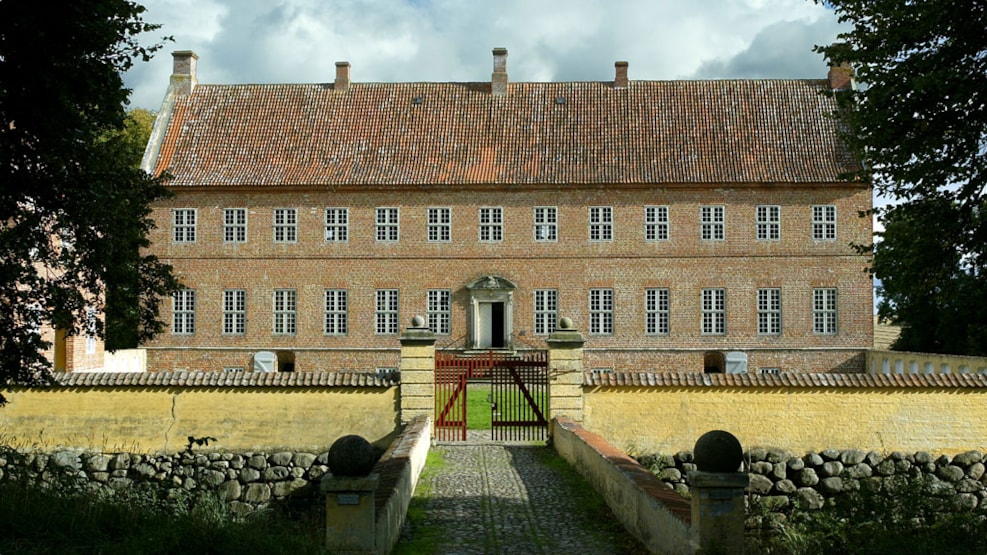
Selsø Castle
Selsø Castle has a rich history stretching back to the 16th century. Originally located on an island in a picturesque lake, this castle has undergone a remarkable transformation under different owners who have left their mark on its architecture and interior. From medieval roots to baroque details, Selsø Castle tells a story of changing times and cultural influences.
Selsø was built in 1570 by the nobleman Jakob Ulfeldt dææ, who was one of the richest men in the kingdom.
The manor house was originally situated on an islet in a lake with a river connection to Roskilde Fjord, and before the present building lay a small medieval castle building.
The Ulfeldt family sold Selsø in 1624 and after changing owners, the manor house were bought by the noble lady Berte Skeel in 1682.
When she died without any heirs, her nephews and nieces took over her wealthy house.
Christian Ludvig von Plessen rebuilt Selsø into its current Baroque form. Only the outer walls and the basement vaults are left from Uldfeldt's Renaissance house. The interiors were decorated according to all the rules of art with painted and marbled panels, painted floors and paintings by Hendrick Krock, the time-favored artist, who has also decorated at Rosenborg, Fredensborg and Frederiksberg Castles.
In 1801 Christian Ludwig's grandson and heir, Christian Ludvig Scheel Plessen, died. He had also not used Selsø, but his widow Agathe Johanne, born von Qualen, moved in and used Selsø as a single-family home until his death in 1829. In her time, the southern end of the house was redesigned in empire style with pearl gray panels and fine French , printed wallpaper.
When Agathe died, the house was abandoned and stood empty and forgotten until 1972 in utter decay. The rooms were emptied of furniture and were used for storing grain, hatching of pheasants, dog kennel, and for storing hives and drying of laundry for the workers. This use naturally created decay in the rooms, but at the same time helped to preserve the house, which (quite miraculously) was not demolished as so many other manor houses were in the late 1800s and early 1900s.
In 1972, the couple Bernhard Linder and Grethe Gunnar Nielsen rented the overdue main building and started to restore it carefully with the help of volunteers and in collaboration with, among others, the conservation department og The National Museum of Denmark. The following year, Selsø opened as a museum, and in 1995 the house was handed over to The Plessenske Selsø Foundation, whereby the museum became a self-governing institution run by funds from ticket revenues and subsidies from Frederikssund Municipality
There are parking facilities at Selsø Church.
It is possible to rent the castle's premises for events as well as advertising and film recordings. Contact Selsø Slot for information about this.